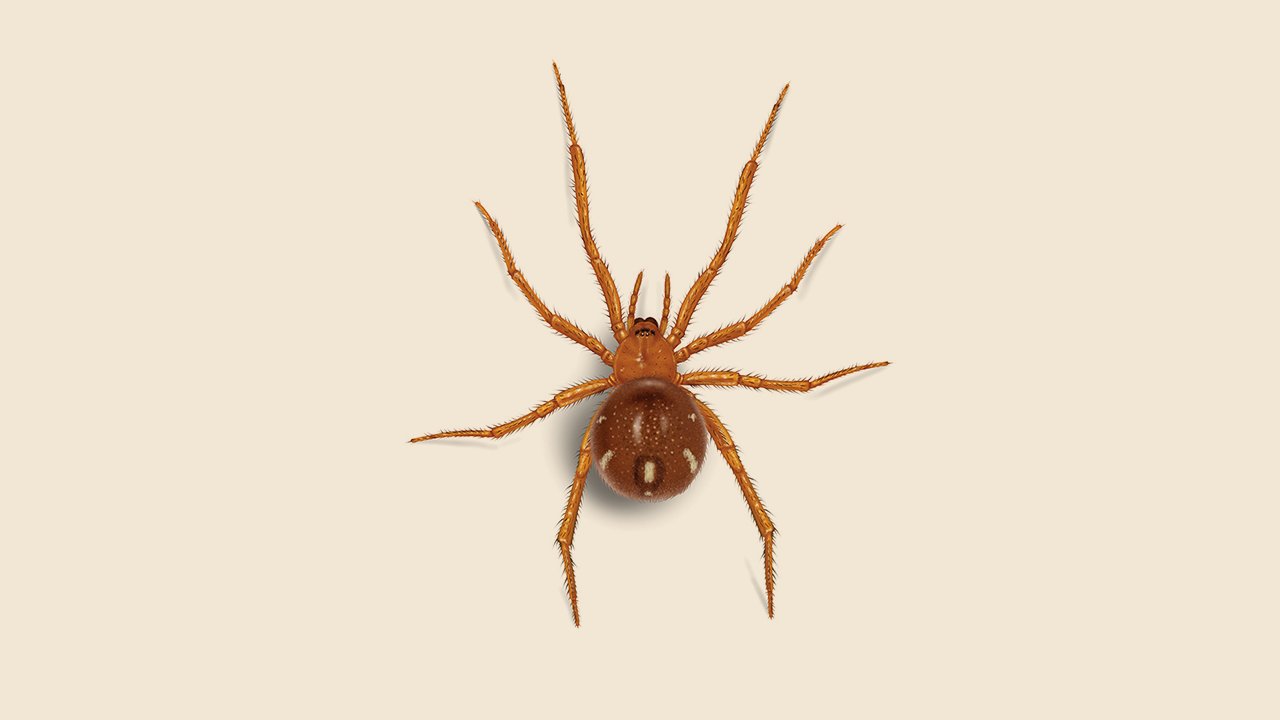The red house spider, known for its distinctive crimson hue, often leaves homeowners puzzled. With its vibrant color and stealthy nature, spotting one can be both intriguing and alarming. While their appearance may startle some, these arachnids play a vital role in controlling insect populations within the home. As we delve deeper into the fascinating world of the red house spider, we uncover their unique behaviors and the reasons behind their choice of habitat. Let’s unravel the mysteries of these captivating creatures and appreciate the important role they play in our ecosystem.
The Curious World of the Red House Spider
Meet the Red House Spider
Imagine you’re sitting in your cozy living room, and suddenly, you spot a tiny creature scurrying across the wall. Upon closer inspection, you realize it’s a red house spider! These intriguing arachnids are commonly found in homes, quietly going about their business. Let’s take a closer look at these fascinating creatures and discover what makes them unique.
Red house spiders, scientifically known as Steatoda borealis, are small spiders typically ranging from 4 to 6 millimeters in size. They have a distinctive reddish-brown coloration with darker markings on their bodies. Despite their small size, these spiders play a crucial role in controlling insect populations in and around homes.
Exploring the Habitat of Red House Spiders
Red house spiders are known for their adaptability and can thrive in various environments. While they are often found indoors, particularly in warm and dark areas like basements, attics, and closets, they can also be spotted outdoors in sheds, garages, and garden areas. These spiders are skilled at building intricate webs to catch their prey, which primarily consists of insects such as flies, mosquitoes, and ants.
In addition to their web-building abilities, red house spiders are also adept at hiding in crevices and corners, making them elusive yet essential members of the household ecosystem. Despite their slightly intimidating appearance, these spiders are generally harmless to humans and prefer to avoid confrontation.
The Life Cycle of Red House Spiders
Like all spiders, red house spiders go through a fascinating life cycle that includes various stages of development. From egg sacs to spiderlings to adult spiders, each phase plays a crucial role in the survival and reproduction of these arachnids.
The female red house spider lays her eggs in silk cocoons, carefully guarding them until they hatch. Once the spiderlings emerge, they go through a series of molts, shedding their exoskeletons as they grow larger. As they mature into adults, male red house spiders become more active in seeking out potential mates, while females focus on maximizing their reproductive success.
Interesting Facts About Red House Spiders
– Despite their name, red house spiders can vary in color from light brown to dark red.
– Red house spiders are skilled predators and use venom to immobilize their prey.
– These spiders are not aggressive and will only bite if provoked or threatened.
– Red house spiders play a vital role in maintaining the balance of insect populations in human habitats.
Interacting Safely with Red House Spiders
If you come across a red house spider in your home, there’s no need to panic. These spiders are generally shy and prefer to stay out of sight. However, if you need to relocate a red house spider, you can gently capture it using a cup and piece of paper, then release it outdoors away from your home.
It’s crucial to remember that red house spiders, like all living creatures, play a vital role in the ecosystem. By coexisting peacefully with these tiny arachnids, you not only help control insect populations but also gain a deeper appreciation for the intricate web of life that surrounds us.
In conclusion, the red house spider may seem small and unassuming, but its presence signifies a delicate balance of nature within our homes. By learning more about these fascinating creatures, we can develop a greater understanding and respect for the world of arachnids that share our living spaces.
Next time you spot a red house spider quietly going about its business, take a moment to appreciate the intricate beauty of nature that unfolds right before your eyes. Embrace the presence of these tiny yet essential creatures, and let them continue their vital role in maintaining the harmony of your home environment.
Red house spider dangerous
Frequently Asked Questions
What is the red house spider?
The red house spider, scientifically known as Nesticodes rufipes, is a common species of spider found in homes, buildings, and gardens. They are small in size and typically have a red-orange coloration on their bodies.
Are red house spiders venomous?
Yes, red house spiders are venomous, but their venom is not considered harmful to humans. Their bites may cause minor irritation, similar to a bee sting, but are generally not a cause for concern.
Where do red house spiders typically build their webs?
Red house spiders are known to construct messy, irregular webs in corners, crevices, and ceilings of homes. They prefer undisturbed areas where they can catch insects for food without interference.
How can I prevent red house spiders from entering my home?
To deter red house spiders from entering your home, you can seal cracks and openings in windows, doors, and walls. Regularly clean and dust areas where spiders are likely to build webs, such as under furniture and behind appliances.
Final Thoughts
In conclusion, the red house spider can be found worldwide, typically residing in human dwellings. Its distinctive red coloration and web-building skills make it a fascinating species to observe. While their presence can sometimes be unwelcome, they play a crucial role in controlling insect populations around our homes. Understanding and respecting the red house spider can help coexist peacefully with these helpful arachnids.

